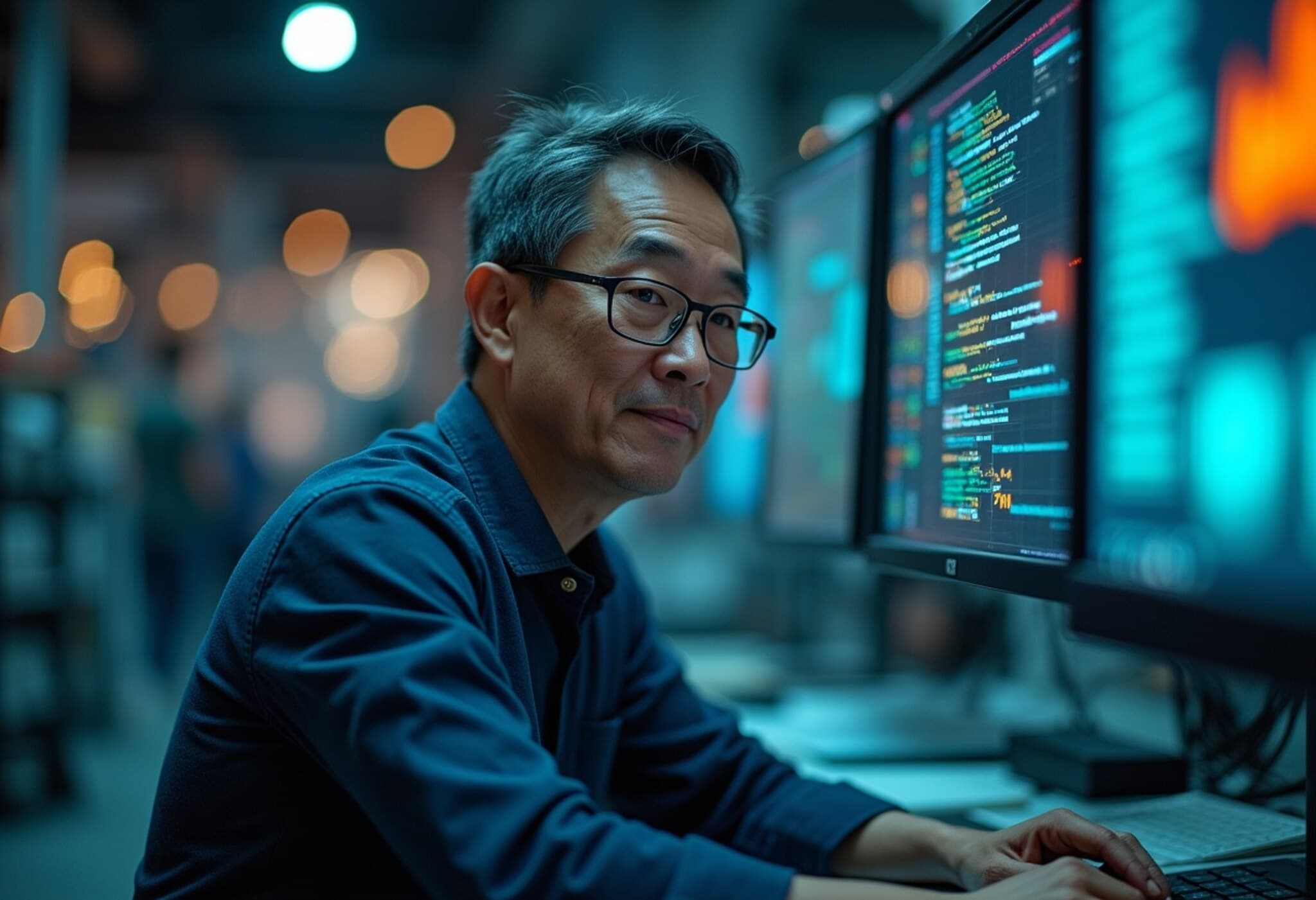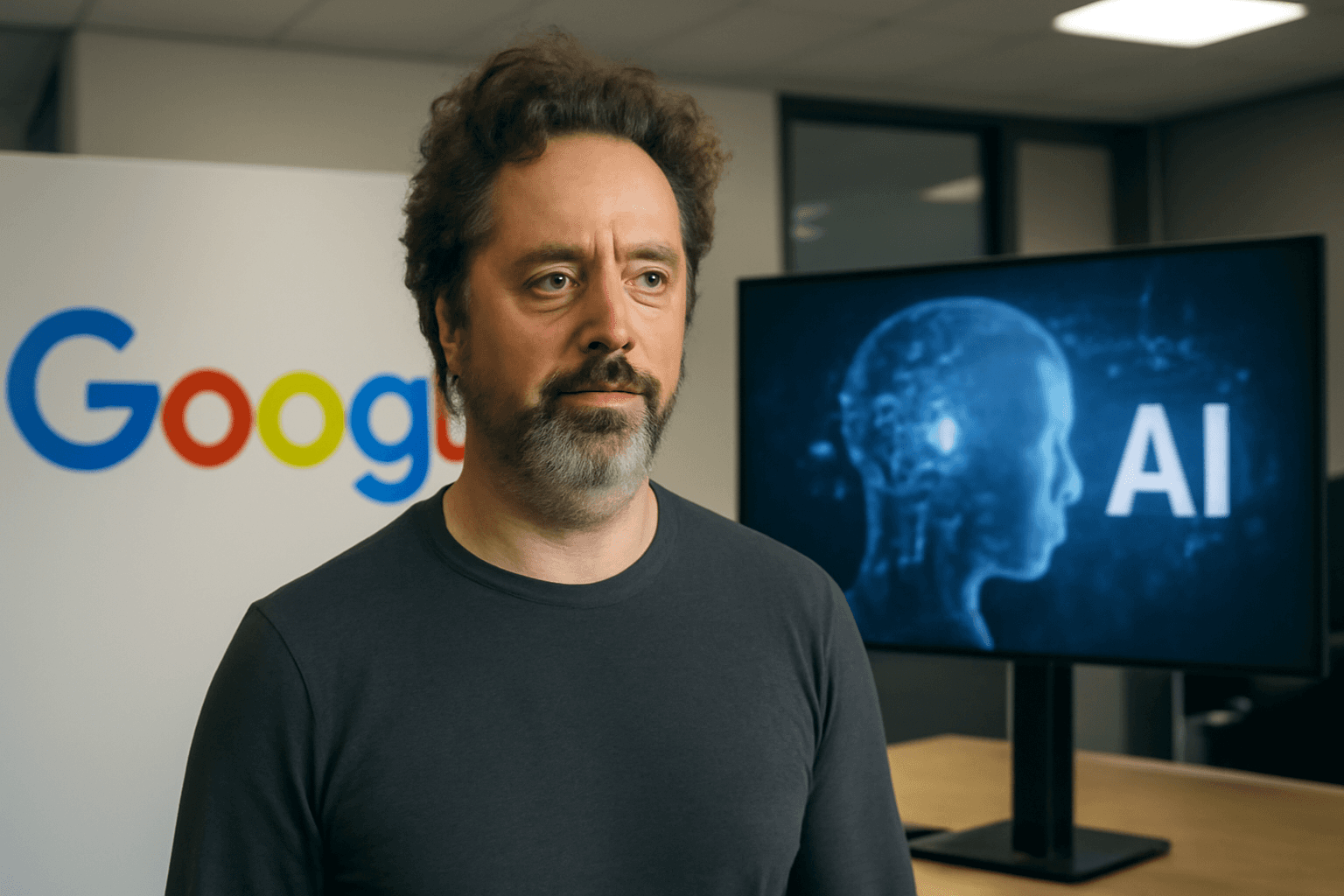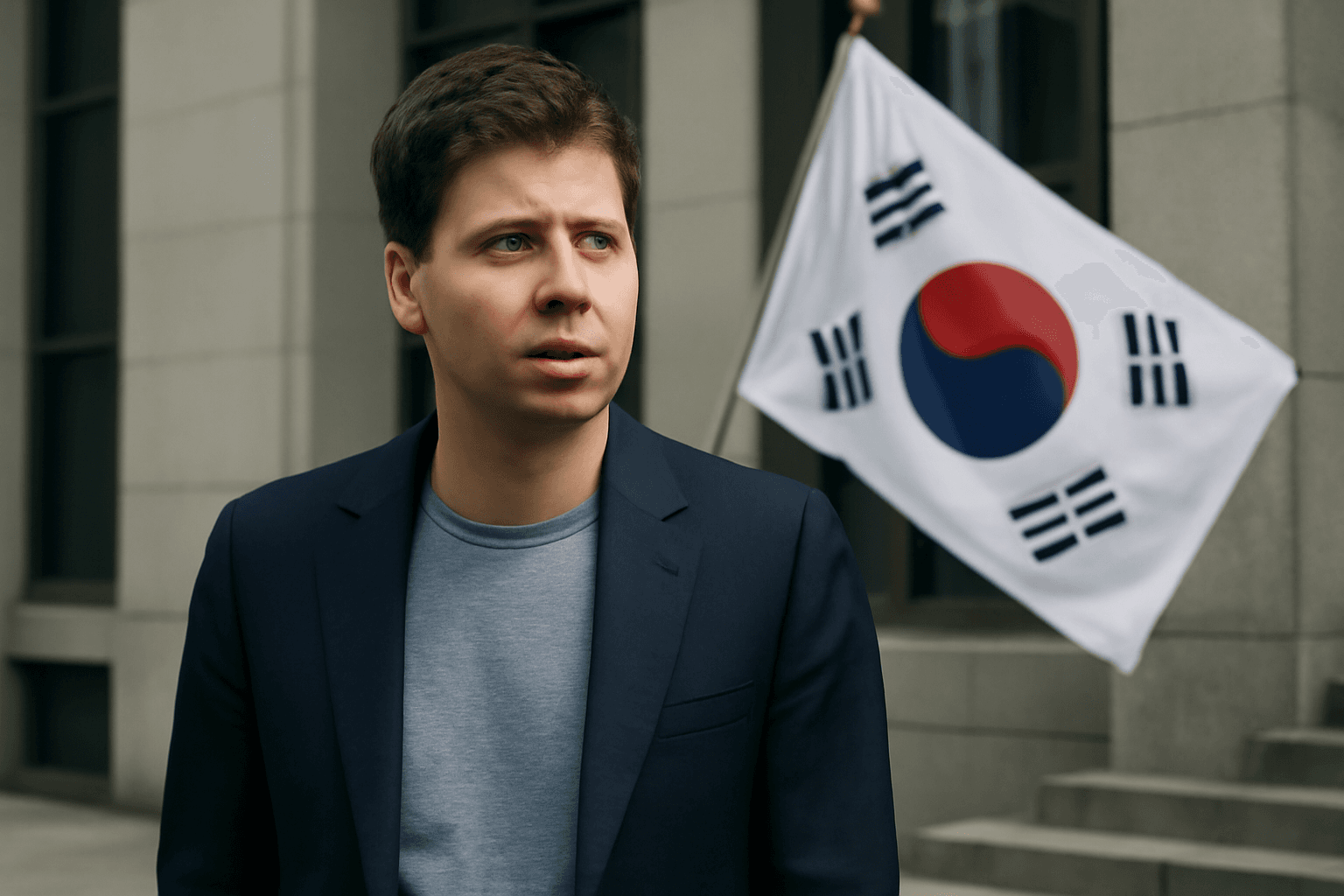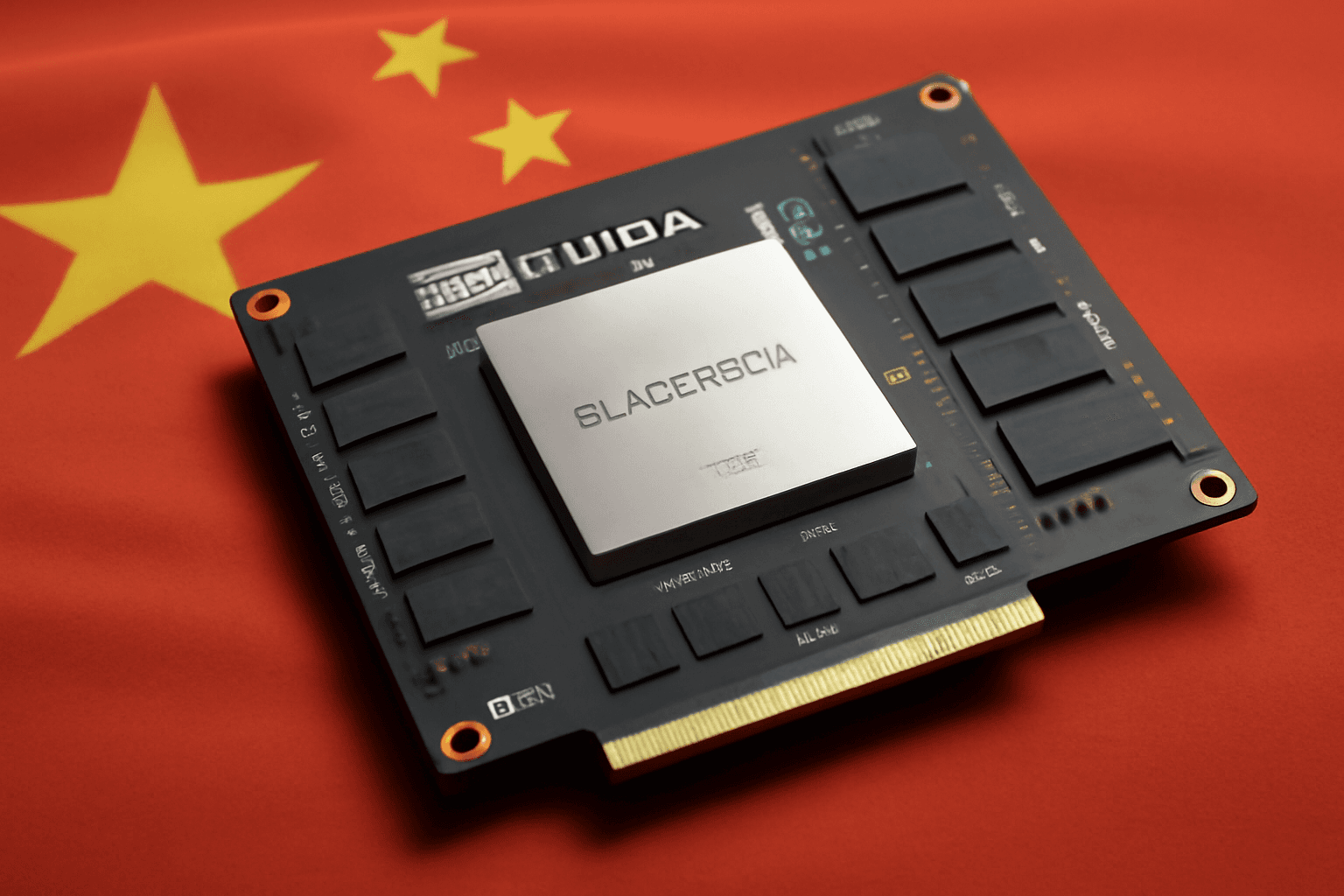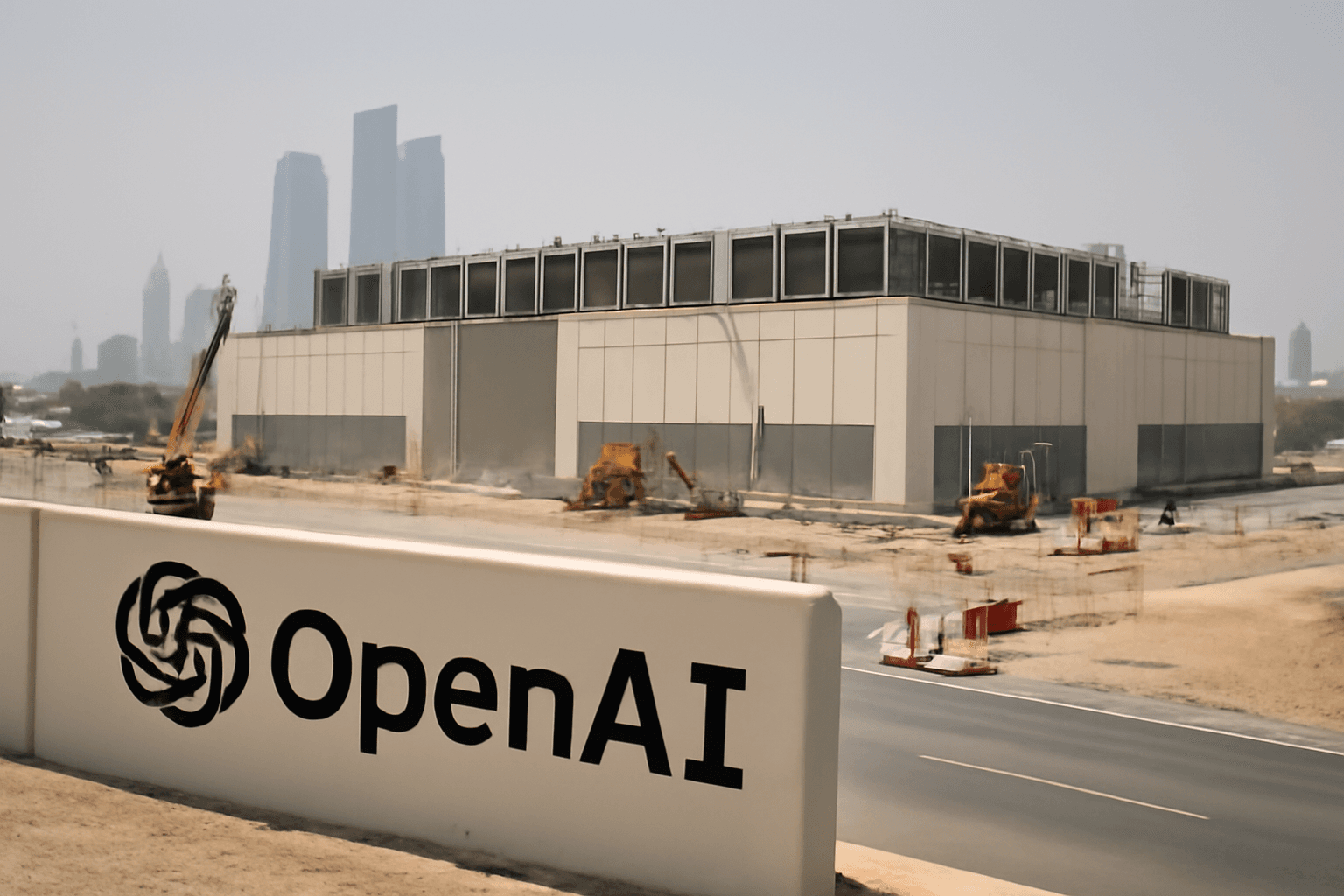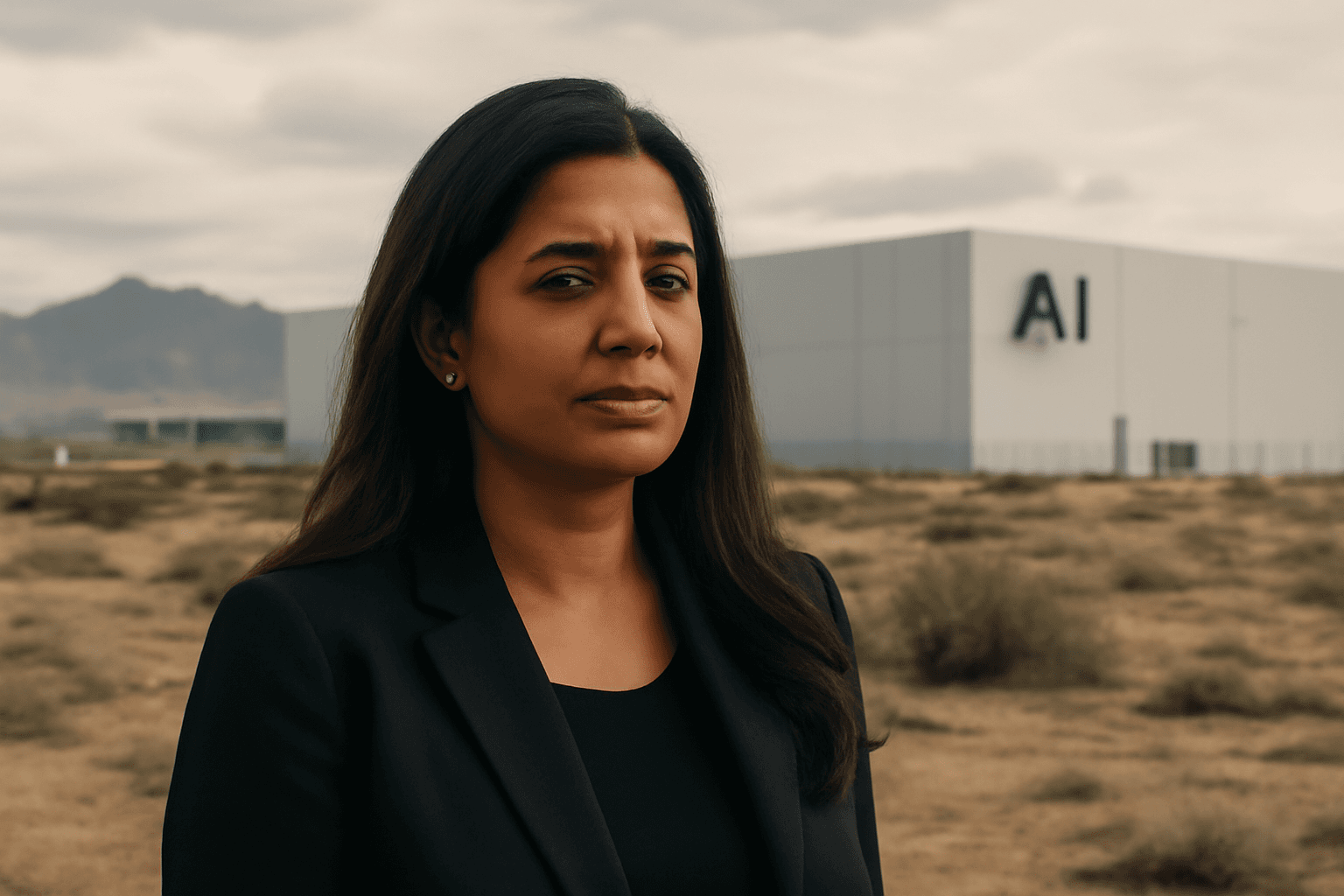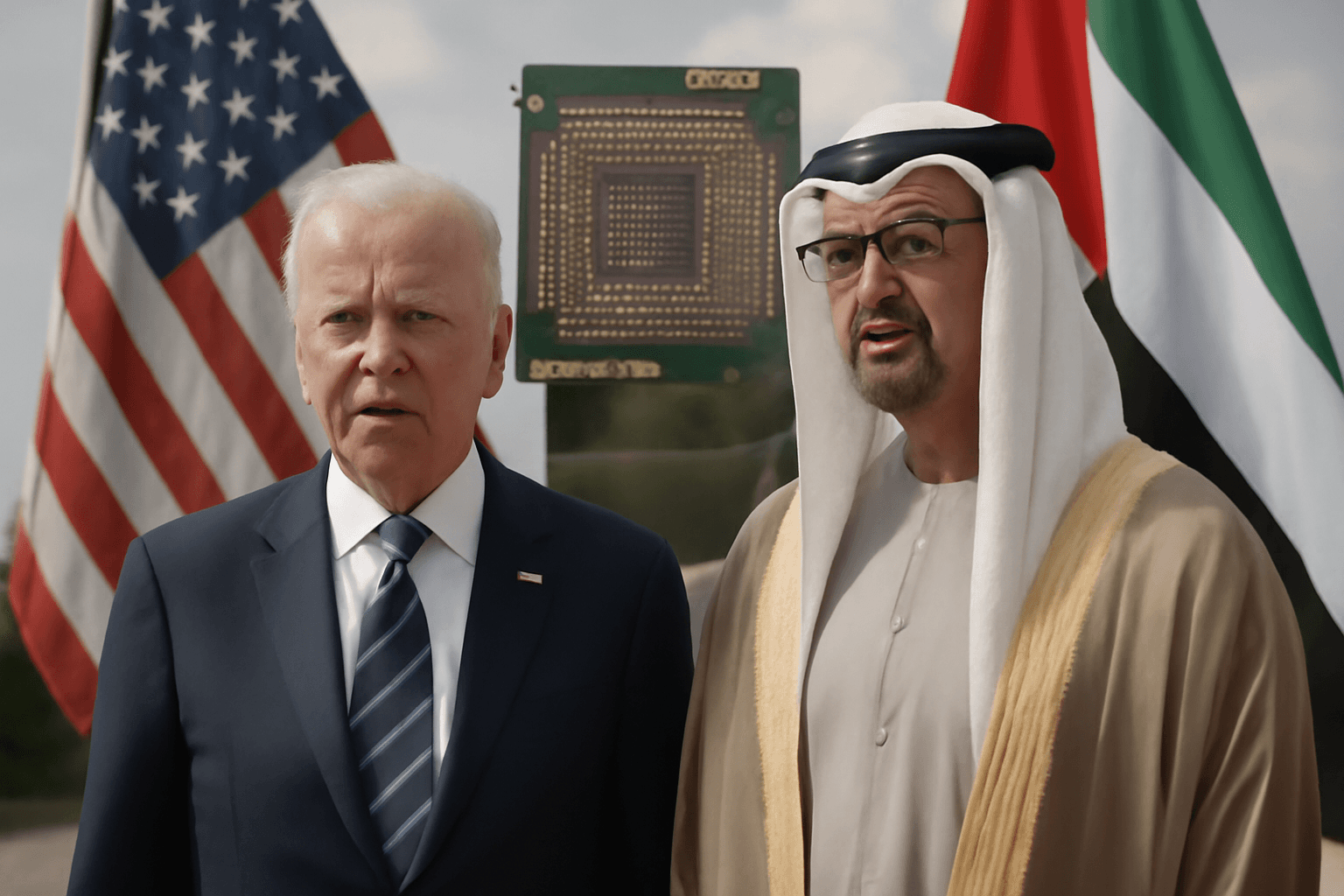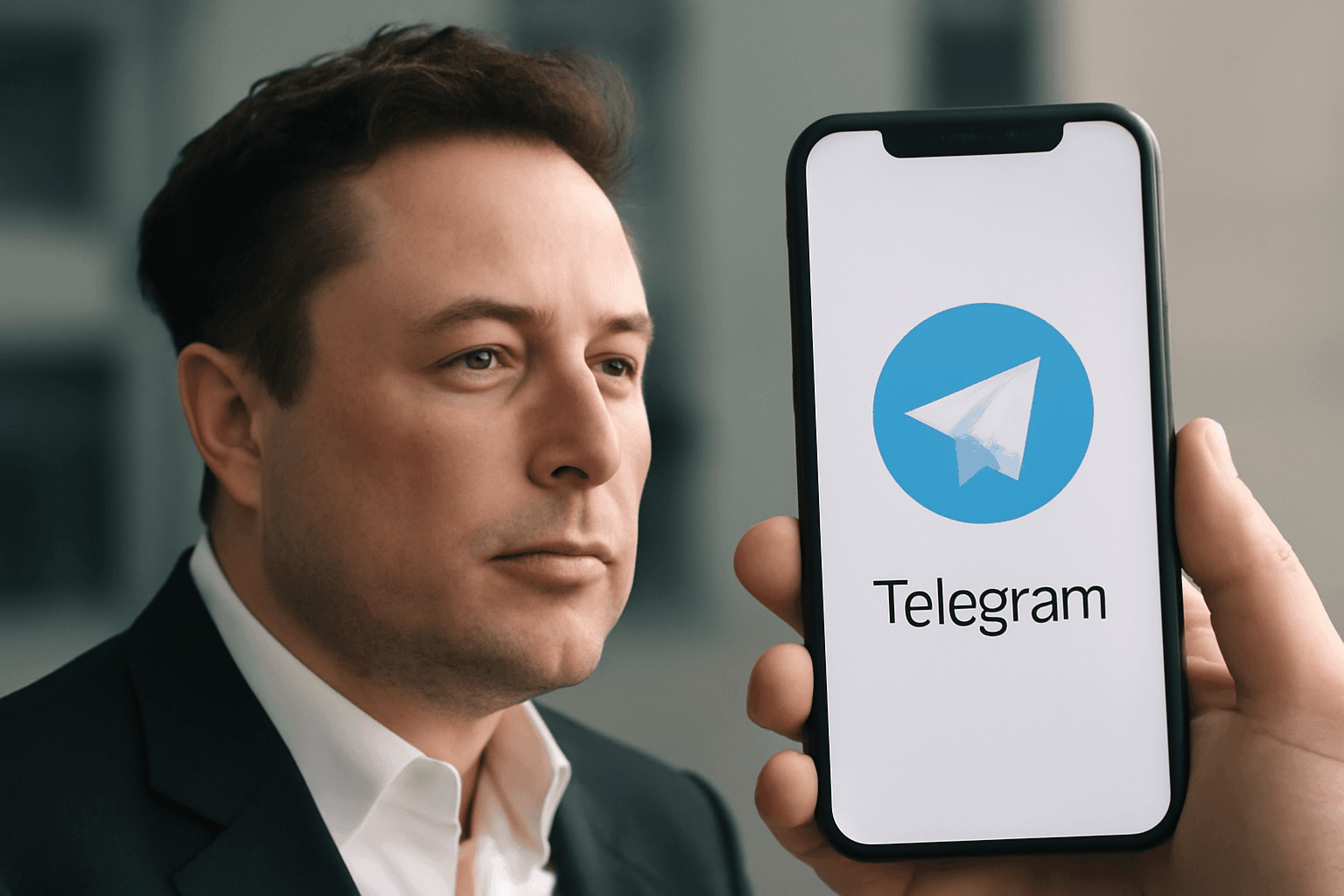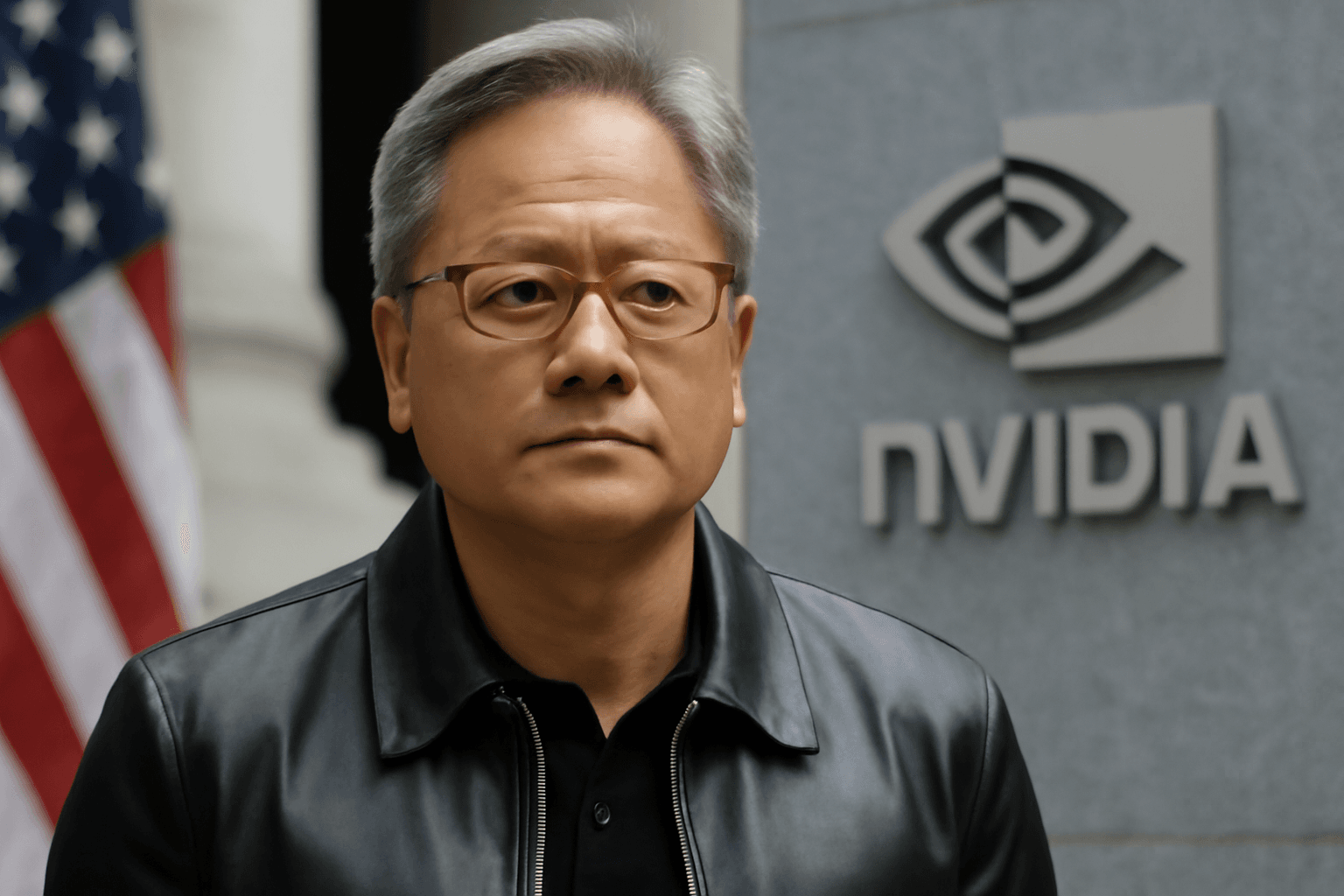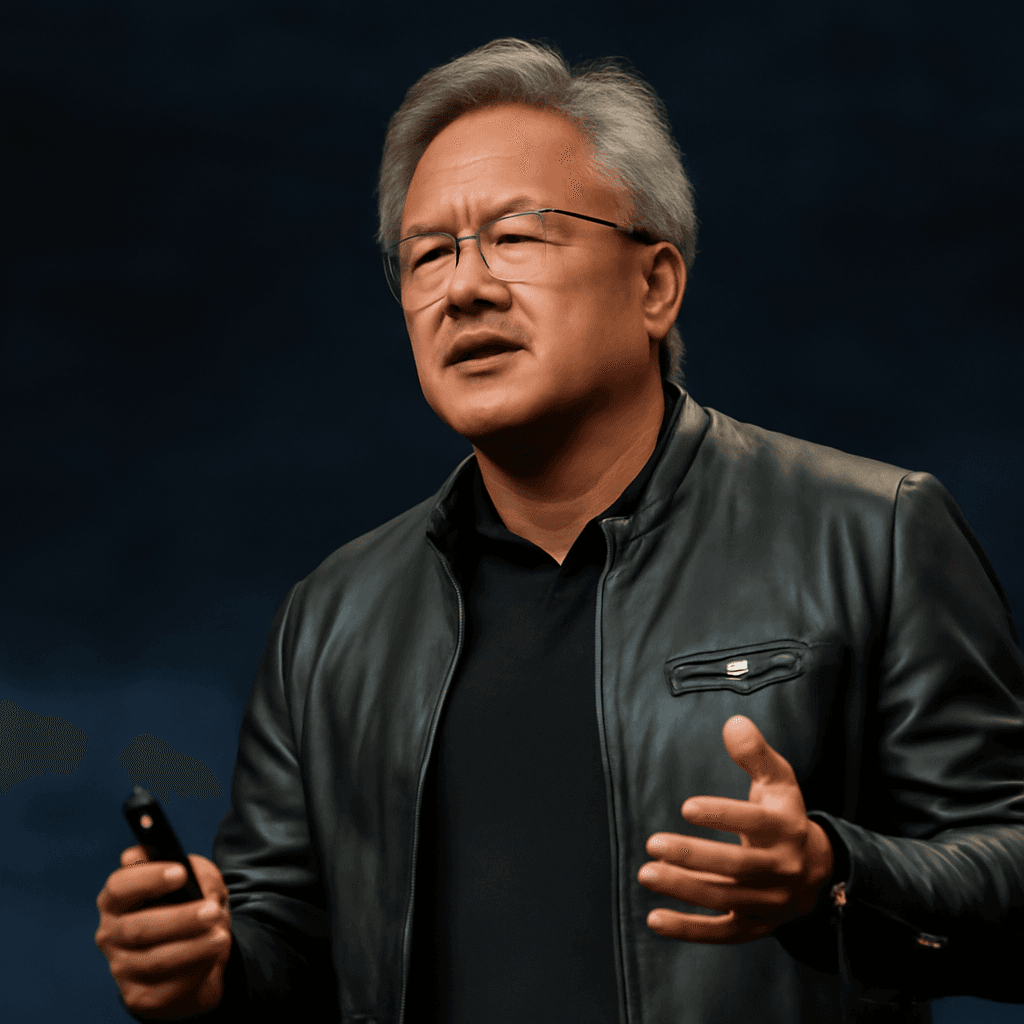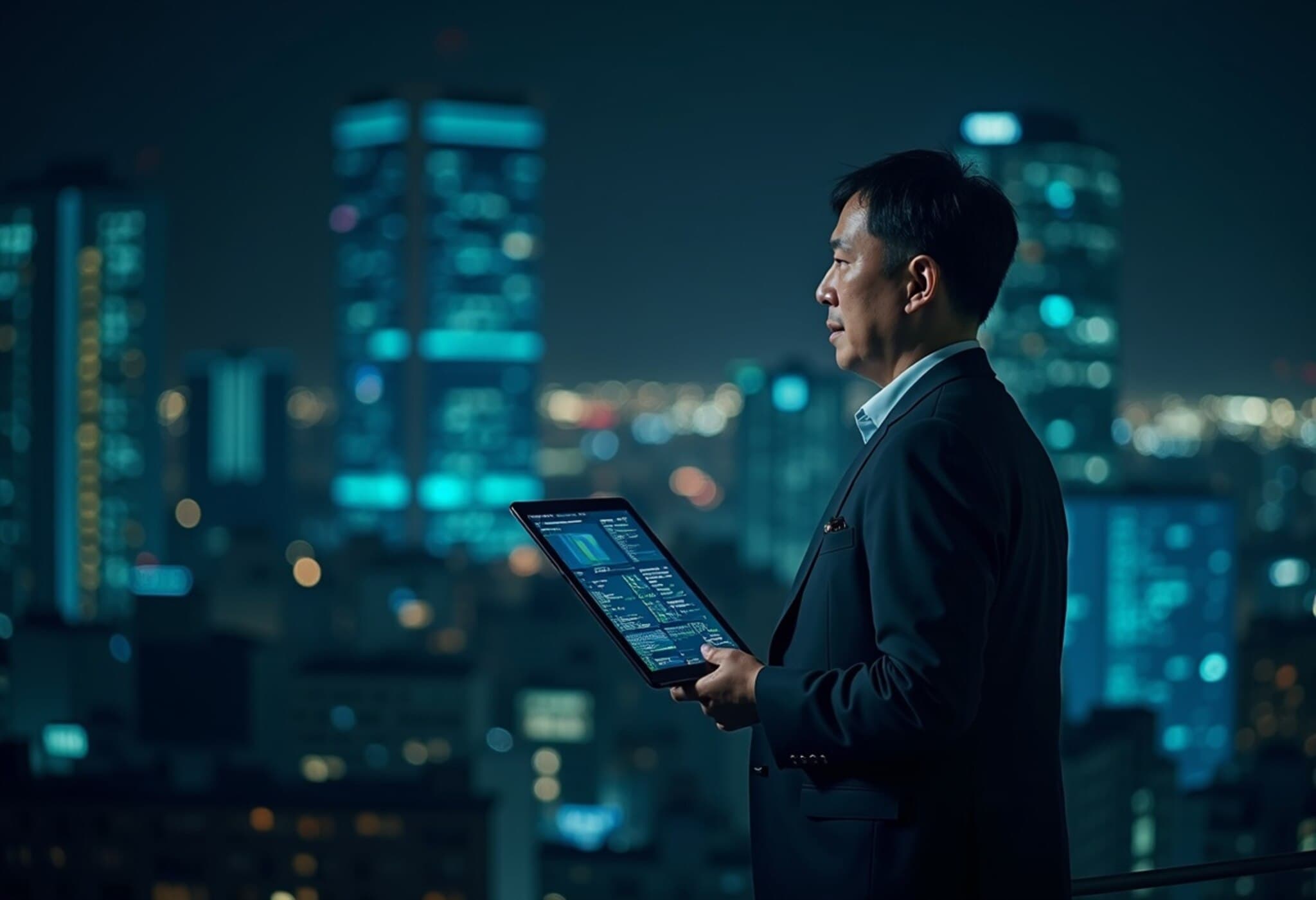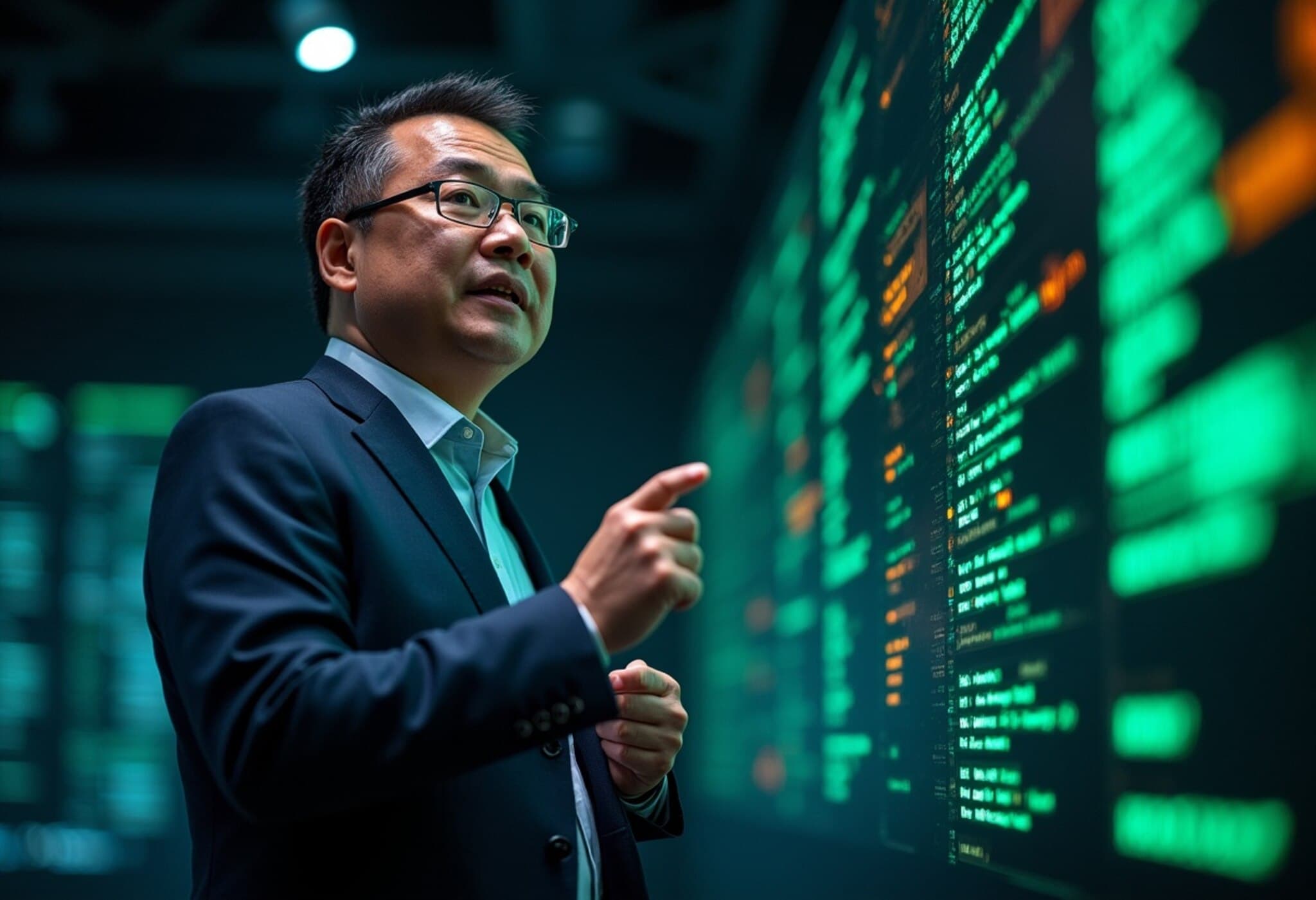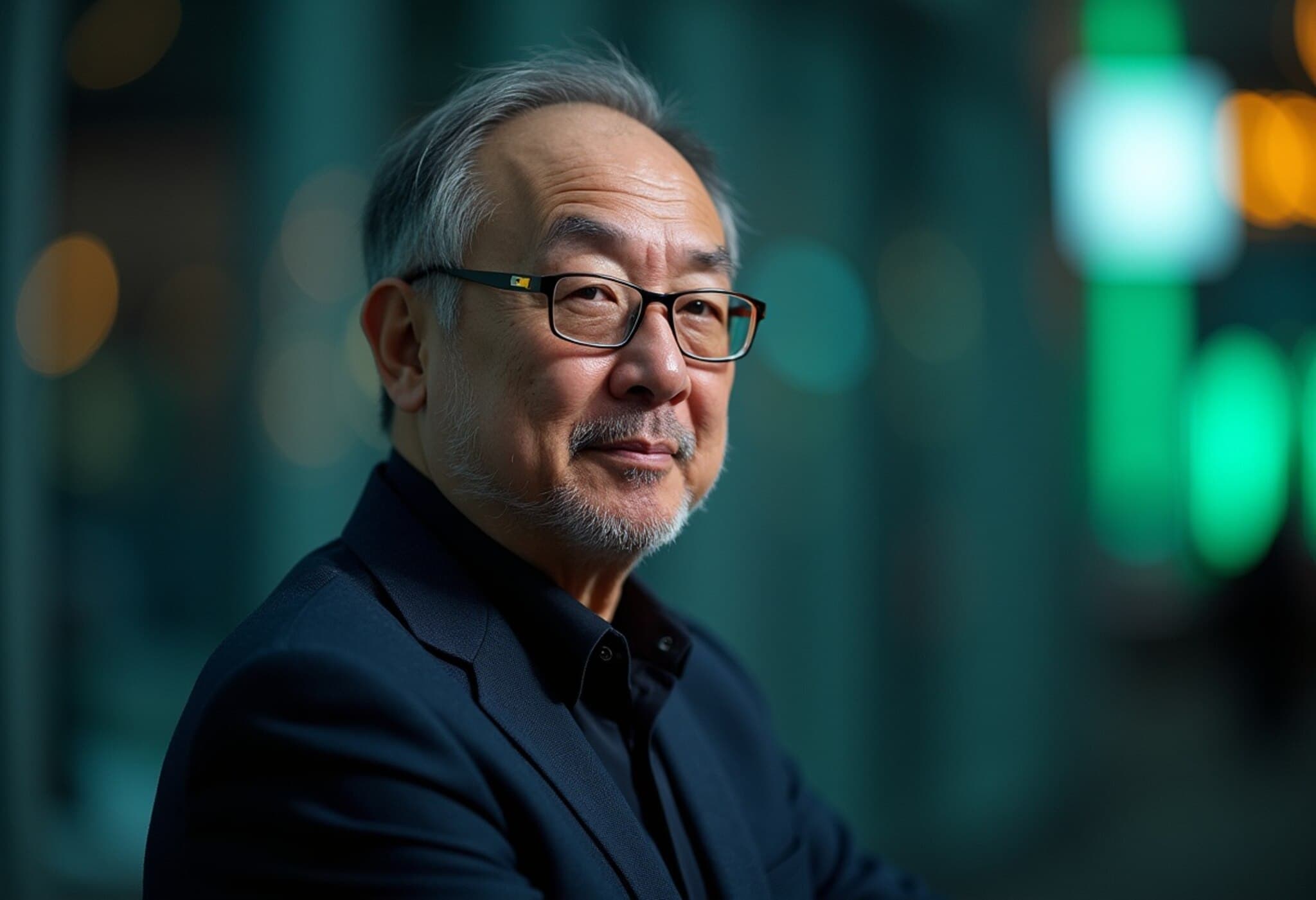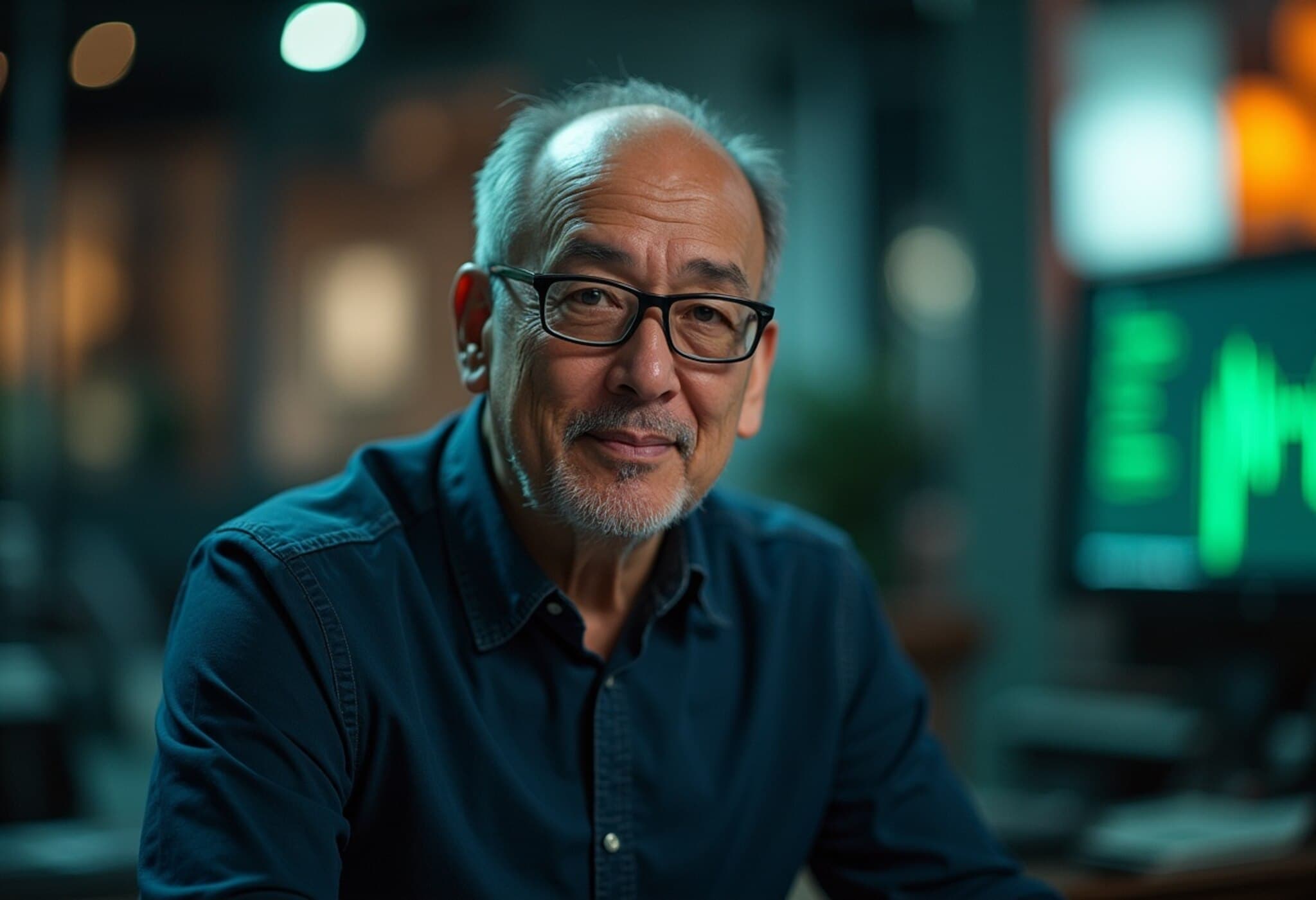Nvidia CEO Jensen Huang Advises 20-Year-Olds to Embrace Physical Sciences
Jensen Huang, the visionary co-founder and CEO of Nvidia, recently shared a compelling insight during his visit to Beijing in July 2025. When asked by a journalist what field a 22-year-old version of himself would pursue if graduating today, Huang did not hesitate. “For the young, 20-year-old Jensen graduating now,” he said, “I would probably choose the physical sciences over software sciences.”
This revelation comes from a man who originally charted his path through electrical engineering, earning degrees from Oregon State University and later Stanford University. His journey from these academic roots to building Nvidia into the world’s first $4 trillion market cap company underscores the significance of grounding in fundamental physical principles.
Why Physical Sciences Matter in Today’s Tech Landscape
Physical sciences, encompassing disciplines such as physics, chemistry, astronomy, and earth sciences, study the fundamental laws governing the non-living world. Huang’s emphasis reflects a broader shift in technology and artificial intelligence (AI), where understanding real-world physical laws becomes indispensable.
Over the last decade and a half, Huang describes multiple waves of AI evolution:
- Perception AI: Marked by breakthroughs like AlexNet in 2012, this phase brought major advances in computer vision.
- Generative AI: The rise of AI's ability to grasp and translate meaning across languages, images, and code.
- Reasoning AI: The present phase where AI systems can solve complex problems by understanding and adapting to new situations.
Looking ahead, Huang introduces the upcoming frontier as Physical AI, a wave where machines comprehend laws such as friction, inertia, cause and effect — knowledge critical for interacting seamlessly with the physical world.
Physical AI: The Next Frontier in Artificial Intelligence and Robotics
“The next wave requires us to understand things like the laws of physics, friction, inertia, cause and effect,” Huang emphasized during his Washington, D.C. forum appearance. This leap involves AI developing an intuition akin to human physical reasoning — for example, recognizing that a ball will roll down a slope or calculating the precise force needed to grip an object securely without causing damage.
One practical outcome of this evolution is robotics. Embedding Physical AI into robotic systems enables the creation of highly autonomous, intelligent machines capable of performing human-like physical tasks. Huang highlights how Nvidia is investing in constructing robotic-driven factories across the United States, aiming to address the widespread labor shortages exacerbated by demographic shifts and global economic pressures.
This vision rings particularly relevant for policymakers and industry leaders in the U.S., where automation and intelligent robotics are poised to revitalize manufacturing and supply chains — reinforcing economic resilience and job market transformation.
Bridging Talent Gaps: Why Students Should Consider Physical Sciences
Huang’s call for future graduates to focus on physical sciences carries a powerful message: foundational knowledge in these disciplines equips the workforce to innovate at the intersection of AI, robotics, and the material world. As software-driven solutions mature, those who understand the physics behind hardware will be positioned to lead the next generation of technological breakthroughs.
Moreover, with the rapid scaling of AI-powered robots in industrial, healthcare, and consumer sectors, career opportunities in physical sciences promise growth, stability, and impact. This paradigm challenges the prevailing notion that solely software or computer science degrees fuel tech’s future.
Expert Takeaway
From a policy perspective, this shift underscores a need for educational frameworks to better integrate physical sciences with computing disciplines — fostering interdisciplinary skill sets that match emerging industry demands. For students, it highlights career navigation strategies emphasizing STEM breadth, not just depth.
In an era characterized by AI’s deepening reach, Jensen Huang’s perspective nudges young innovators to rethink their academic compass — prioritizing the timeless laws of the physical world as a foundation for shaping tomorrow’s technologies.
Editor's Note
Jensen Huang’s reflection offers a striking insight: as artificial intelligence transcends perception and reasoning, grounding in the physical sciences will be crucial. This evolution raises compelling questions for educators, industry leaders, and policymakers alike: How can academic programs rapidly adapt to prepare students for this hybrid tech frontier? What investments are needed to accelerate Physical AI and robotics in the U.S. to sustain competitive advantages? Young people considering their educational paths today may find that the foundational knowledge of physics and related sciences offers a vital key to unlocking the future.

